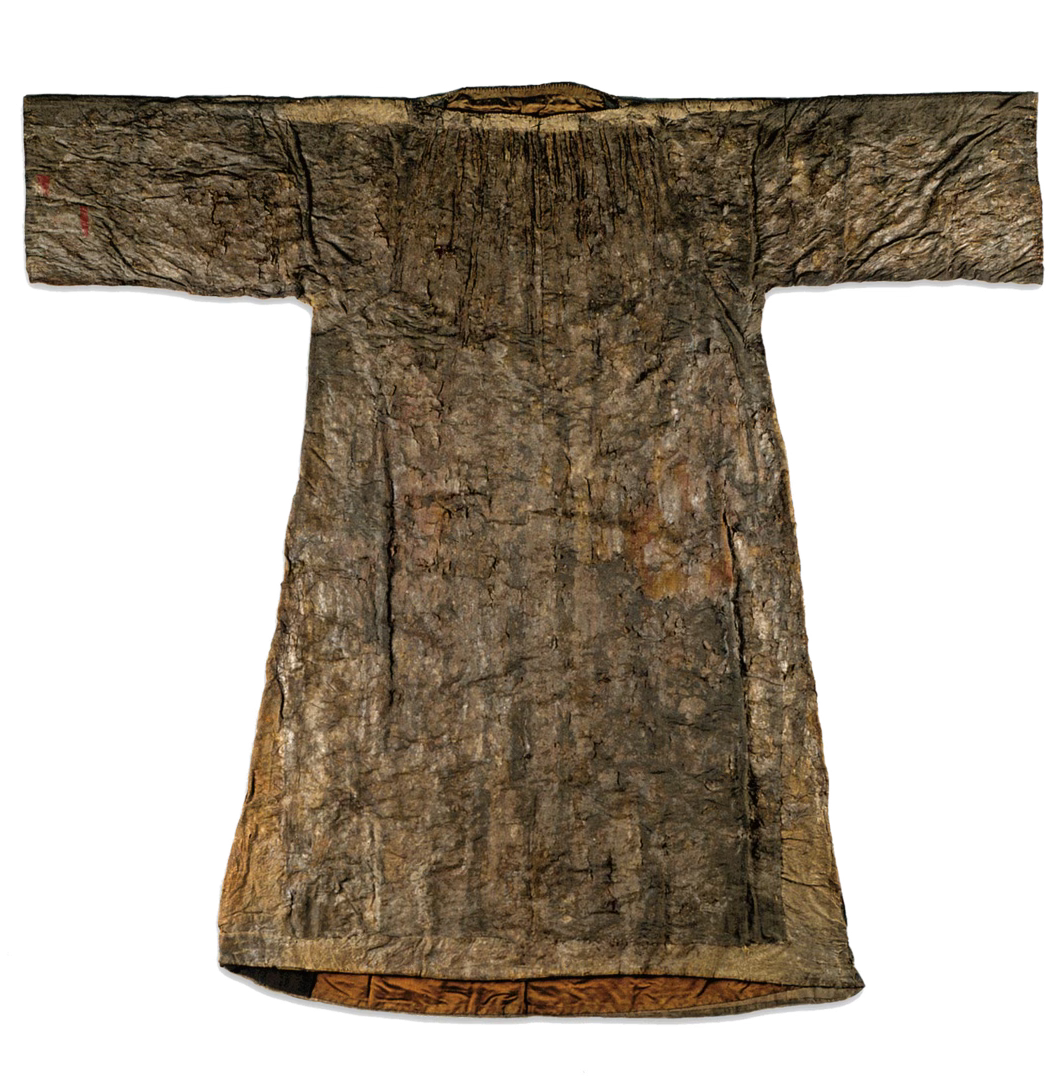First, Judas
Judas is the bad guy. But is he really? Think of your worst enemy. Would you put your worst enemy in charge of your personal finances?
He said this, not because he cared about the poor, but because he was a thief, and having charge of the moneybag he used to help himself to what was put into it. (John 12:6. ESV)
Yes, he’s still the bad guy. However, he did handle the money for Jesus and his 12 friends. One of the reasons why we see Jesus as a homeless nomad is because of the lifestyle He and his friends seem to have had. The Bible tells us that Peter, Andrew, James and John were fishermen. Matthew was a tax collector. Luke 5:11 tells us that Jesus’ followers “left everything and followed Him.” I assume that means they also left their jobs. Judas was the one who Jesus assigned to handle their collective money to fund the lifestyle and ministry of these 13 people. Imagine if you and your friends could get up and go where you wanted when you wanted. Also, imagine that you have a friend along with you who is your personal treasurer.
The ancient world didn’t function economically like ours does today. The majority of people didn’t carry money around with them. They also weren’t paid on a regular basis like we are now. People would be paid when they sold something, like during harvest time. Or they would barter and trade. If a person earned a salary, they would be paid in a few large installments over the course of the year. Perhaps quarterly. A Roman soldier for instance would be paid 75 denarii three times yearly. People would budget their daily, monthly and yearly expenses to account for being paid irregularly. This meant that a person’s wealth was not in a bank account.
Most people’s wealth was in what they owned, like livestock and property. For instance, at that time, an entire city would collectively own two oxen. The people of the city would share these oxen to take care of their land and farm for the year. People did have coins and tangible money, but most people did not carry it around with them. If a person regularly carried a money bag with them, it would have been because they were wealthy. Almost no one carried currency on a regular basis. In addition, if Jesus was poor, do we think that He could have afforded Judas to “help himself” to whatever was in the bag? It is true that Jesus knew that Judas was stealing, but if Judas was able to have that level of freedom with Jesus’ money, and Jesus and his friends were still able to do everything they needed to do without ever having an issue we know about, it is most likely because Jesus had plenty of it.
Jesus’ house
Did you know that Jesus also owned a house? At least, it seems like He did. Mark 2:1-2 says this:”And when he returned to Capernaum after some days, it was reported that he was at home. And many were gathered together, so that there was no more room, not even at the door. And he was preaching the word to them. And they came, bringing to him a paralytic carried by four men. And when they could not get near him because of the crowd, they removed the roof above him, and when they had made an opening, they let down the bed on which the paralytic lay.”
The entire chapter of Mark 2 tells us that Jesus’ home during this time was in the city of Capernaum. This crowded house full of people eventually became known as Peter’s home. A Cathedral was built over the top of it that is still there in modern day Capernaum. This house is estimated to have been two or three times the size of the average home in Capernaum at the time of Jesus.
The average home would have been a single room dwelling around 200 square feet for an entire family. That’s about the size of a small bedroom in a modern home. I’ve been to Capernaum myself and seen these homes. Jesus’ house was something completely different than what was in the rest of Capernaum. He had a complex. The large dwelling consisted of ten rooms built around three courtyards. In the north courtyard most of the domestic activities took place. Animals were kept in the courtyard to the east, and the southern courtyard, which was next to the harbour, was presumably used for fishing activities such as mending nets, selling fish and other activities. Later in the century, the east courtyard was used as a place for religious gatherings.
It is estimated that the total square footage of Jesus/Peter’s home would have been somewhere around 2,700 square feet. Jesus’ house was 13.5 times larger than the average home where he lived. The Greek word for crowd used in Mark 2 is ὄχλος (óchlos). This word means a crowd, throng, multitude or mob. Most often it is used to describe large crowds that followed Jesus (Matt 4:25). It is the same word used when Jesus fed the 5000 (Matthew 14:19) and to describe a crowd that gathered so large on a shore that Jesus had to speak to them from a boat (Matthew 13:2). What kind of “crowd” could fit inside of a small bedroom where a person is preaching? It seems to make sense that in order to fit a multitude of people in your house, and to preach to them, you’d have to have a relatively large house. That’s just logic. Large houses aren’t cheap. They never have been. The average home size in the United States is somewhere around 2,480 square feet (Source). If Jesus were living in America today, using the same math, his house would be 33,480 square feet. The median price per square foot of homes in the United States is $224 (Source). If you lived in a 33,480 square foot house in 2025, it would cost you somewhere around $7.5 million without factoring in materials, location and other factors.
“Wait a second” you might be saying. “What about Luke 9:58, where Jesus says: ‘Foxes have holes, and birds of the air have nests, but the Son of Man has nowhere to lay his head.’” When we look at the context of that passage, Jesus is not in Capernaum, he’s in Samaria, 50 miles from His home, about an 18 hour walk. When he says that, there is clear contextual evidence that Jesus is referring to His present state of affairs, not making a blanket statement about His lifestyle. Why would Mark 2 say Jesus was “at home” if he didn’t have a home?
People can say this is just my opinion and interpretation. To me, its where the evidence and context most likely points. The truth is that we can’t really know if Jesus owned a house. In my estimation, it sure seems like he did.
Finally, there’s Jesus’ clothes
“23 When the soldiers had crucified Jesus, they divided his clothes among the four of them. They also took his robe, but it was seamless, woven in one piece from top to bottom. 24 So they said, “Rather than tearing it apart, let’s throw dice for it.” This fulfilled the Scripture that says, “They divided my garments among themselves and threw dice for my clothing.” So that is what they did.” (John 19:23-24, ESV)
Why does John go into such detail to describe Jesus’ tunic? In the ancient world, people would usually wear three different pieces of clothing. A loincloth, like underwear. An inner tunic and a large outer cloak like a jacket. Jesus’ inner tunic was what the soldiers were gambling over. These Roman soldiers weren’t gambling over Jesus’ tunic because he was the Son of God. They didn’t care about who He was, this wasn’t a religious relic to them. Why would they gamble over who got to keep a used piece of clothing from a man who for all they knew, was just another criminal they were executing? These soldiers gambled over Jesus’ tunic because it may have been the most expensive piece of clothing they had ever personally seen.
A standard tunic, woven out of two pieces of fabric in the Roman Empire in the first century could cost anywhere between 4-6 denarii (Source). It is hard to estimate how much Jesus’ seamless tunic would have cost. On the low end, we can estimate that a tunic would have cost between 10-20 denarii (Source). On the high end, a soldier’s tunic - one of the nicest that a common person could buy - would have cost 75 denarii (Source). Given that the soldiers were gambling over Jesus’ tunic, it can be assumed that it was nicer than their 75 denarii tunics. How much would Jesus’ tunic be worth in today’s money? Let’s look at household income one more time. A soldier would make 225 denarii yearly. The median American household makes $80,610. If a soldier purchased a tunic for 75 denarii, that would be equivalent to ⅓ their yearly salary, or $26,870 in today’s money. That’s how much the tunic would be worth if it cost the same as a soldier’s tunic. What if it was worth 10-20 denarii? That would mean on the low end, Jesus’ tunic would be somewhere in the $730-$7010 range. On the high end? Some historians say that Jesus’ tunic likely would have cost 100 denarii. 44% of a soldier’s yearly income, or $35,468 in today’s money.
I don’t know how you picture Jesus or his life on earth. But when we start to study his material position while He was here, we get a considerably different picture than what many of us have understood or been taught. Do we know if Jesus was materially prosperous on earth for sure? Of course not. If we follow the evidence and study the history, it is pretty difficult to believe that he wasn’t.





It’s astounding to me that the average home would have been around 200 sq ft. This is both hard to relate to by experience and also humbling. We’ve fallen so far into life of leisure and ingratitude. Helps to reframe the blessing of modern life and put it into perspective.
Great read, Josh!